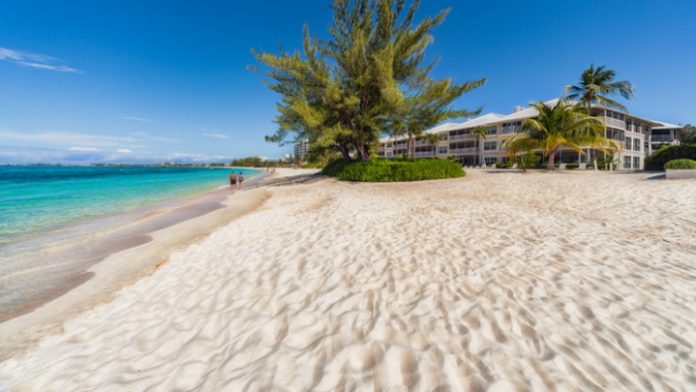The Cayman Islands has attracted a significant US$350 million medical tourism investment from the Dubai healthcare group Aster DM Healthcare, focused on specialist medical tourism, an assisted living and independent living facility, a medical school on Grand Cayman, as well as a medical clinic on Cayman Brac. Construction will begin mid-2021. Aster Cayman Medcity will target medical tourists from the USA, Canada and countries throughout the Caribbean.
Aster Cayman Medcity is aiming to become a clinical excellence hub for the Western hemisphere, serving the Caribbean Region, North America, Canada, Latin and South America.
It is expected to cost an estimated US$350 million. As part of its contract with the Cayman Islands, the project will use local contractors and local service providers during construction. It will provide healthcare services primarily to medical tourists, as well as to the residents of the Cayman Islands.
The project will provide needed medical services to Cayman’s domestic healthcare market, including a clinic in Cayman Brac. It will also provide a healthcare education programme, a US$350,000 five year scholarship programme, a future medical school and assisted living and independent living facilities.
Aster Cayman Medcity Phase 1 will include a 150-bed multi-specialty hospital on Grand Cayman offering primary, secondary, tertiary and quaternary care – specialised medical care that is not currently available and where residents normally travel to the USA. It will be completed by 2023 and will include a clinic on Cayman Brac with supporting services, including telemedicine, and an infusion centre.
Phase 2 will provide an assisted living and independent living facilities, each comprising 100 units. The plans anticipate Phase 2 to start three years after the hospital has been operational, in 2026.
Phase 3 is a medical university that will be integrated with the hospital. The hospital will also be expanded to 500 beds during this phase, as will the assisted living and independent living spaces. Phase 3 is expected to start about seven years after the hospital has been operational in 2030.
The government has agreed to help the project by not charging duty on life-saving equipment and medical supplies for a period of 25 years after the commencement of construction of Phase 1 and no duty on other medical equipment and supplies for a period of 25 years after the commencement of construction of Phase 1.
The government will not defer, waive or reduce custom duty for materials, equipment, supplies or items of any kind to be used in or for the construction of Aster Cayman Medcity or any of its facilities, nor will it waive or reduce stamp duties on the purchase of any land being purchased for the development of the facility.
The government will help Aster to move through the applications and license requests needed to complete the project. The company will need to meet the requirements of all applicable laws and regulations related to construction and development, work permit applications, and health care facility licenses.
The government has also agreed that, over a five-year period, from the date the hospital commences operations no other non-Caymanian/non-existing medical tourism provider will be permitted to come to the Cayman Islands to compete in the field of large-scale medical tourism. This will also help existing medical tourism hospital Health City Cayman Islands.
The non-compete clause is only for five years and does not apply to Caymanians or existing medical businesses.
The Aster Cayman Medcity project could create 1,000 Caymanian jobs, US$400 million in construction, and US$4 billion in economic value for the country and provide much needed answers in elderly care,” said project director, Gene Thompson. Thompson is a local developer who was instrumental in bringing Health City Cayman Islands to the region, and was until recently a director of that organisation.
Aster has 365 medical facilities across eight countries, and is looking to expand to other countries outside Asia and the Middle East, in locations with supportive governments.








 ©2024 All rights reserved LaingBuisson
©2024 All rights reserved LaingBuisson 


